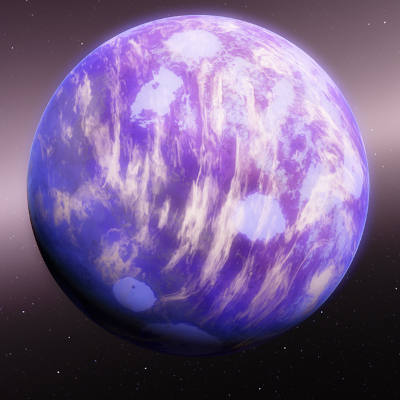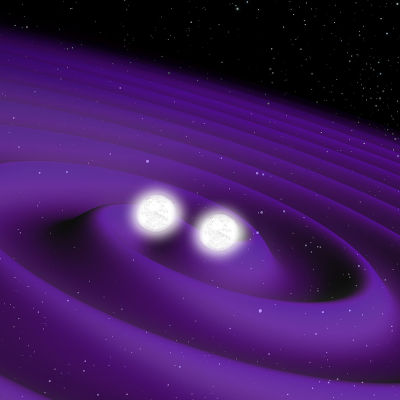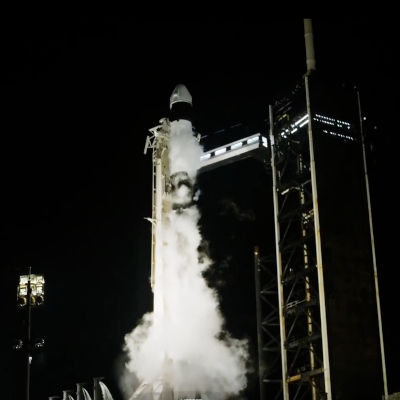Super-Earths in distant orbits abound in the universe
Apr. 28, 2025.
2 mins. read.
4 Interactions
The Korea Microlensing Telescope Network reveals that super-Earth exoplanets are common, orbiting far from stars like Jupiter does.
Astronomers have discovered that super-Earth exoplanets are more common than expected using the Korea Microlensing Telescope Network, or KMTNet.
Super-Earths are planets bigger than Earth but smaller than Neptune. KMTNet, with telescopes in South Africa, Chile, and Australia, spots these planets by observing light changes. Researchers studied light from a planet’s host star and combined findings with a larger KMTNet survey. They found super-Earths can orbit far from their stars, similar to Jupiter’s distance from the Sun. Andrew Gould, a study co-author, said scientists knew small planets outnumber big ones. This study showed patterns of more or fewer planets in certain groups, which is exciting. Finding planets far from their stars is hard, but researchers estimate one super-Earth exists for every three stars.
Microlensing uncovers new planets
The discovery used microlensing, a method where a star or planet bends light from a distant star. Microlensing happens when mass warps space-time, making the distant star’s light appear brighter briefly. These brightness changes, lasting hours to months, help find planets. The researchers spotted OGLE-2016-BLG-0007, a super-Earth twice Earth’s mass with an orbit wider than Saturn’s. This let them group exoplanets into super-Earths and Neptune-like planets or gas giants like Jupiter. Understanding these groups reveals how planets form and evolve. The study, published in Science, compared findings to planet formation theories.
The researchers noted gas giants might form by gas accretion or gravitational instability, but more data is needed. Richard Pogge, another co-author, said finding microlensing events is tough. Only 237 of over 5,000 known exoplanets used this method. KMTNet’s custom cameras, built by Ohio State’s Imaging Sciences Laboratory, make these discoveries possible. The researchers compared their work to paleontologists piecing together the universe’s history. This research, supported by groups like the National Science Foundation, opens new paths for understanding planet formation across the cosmos.
Let us know your thoughts! Sign up for a Mindplex account now, join our Telegram, or follow us on Twitter.


.png)

.png)


.png)






0 Comments
0 thoughts on “Super-Earths in distant orbits abound in the universe”